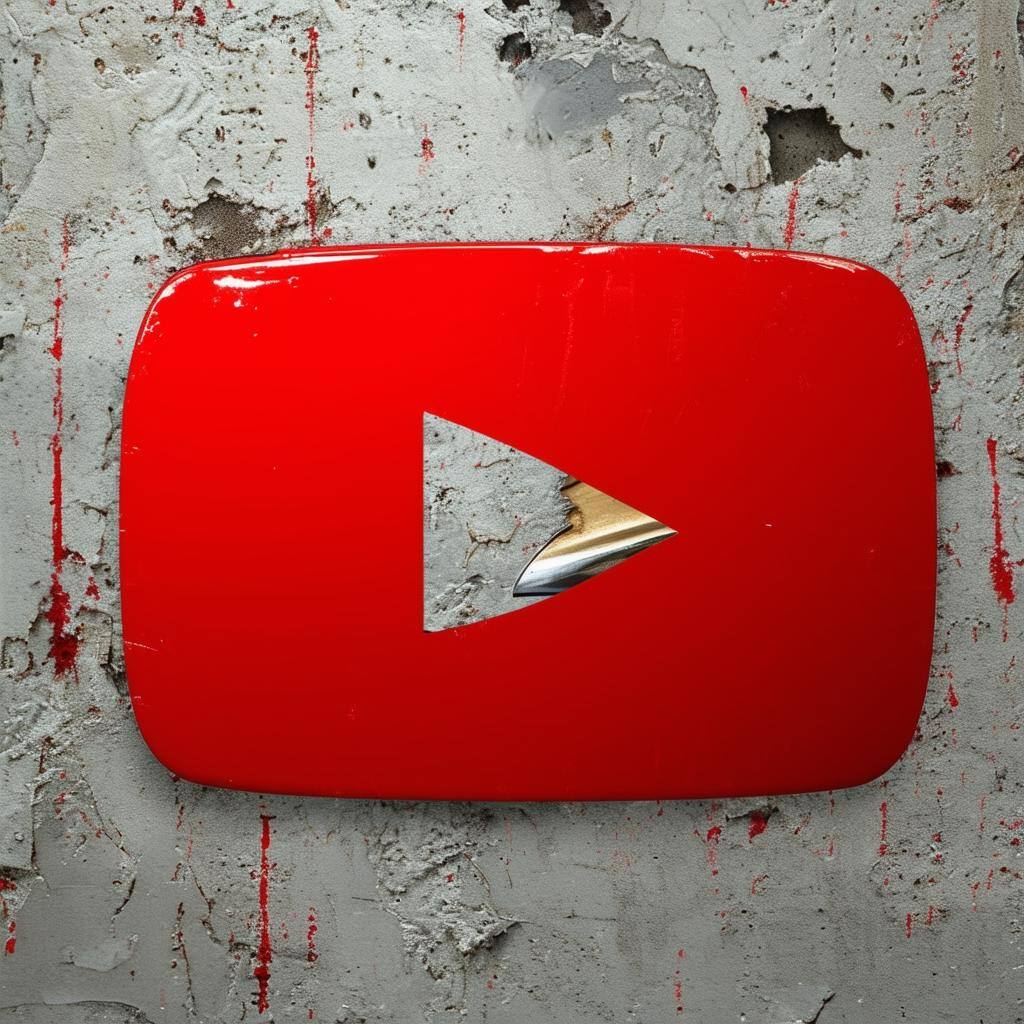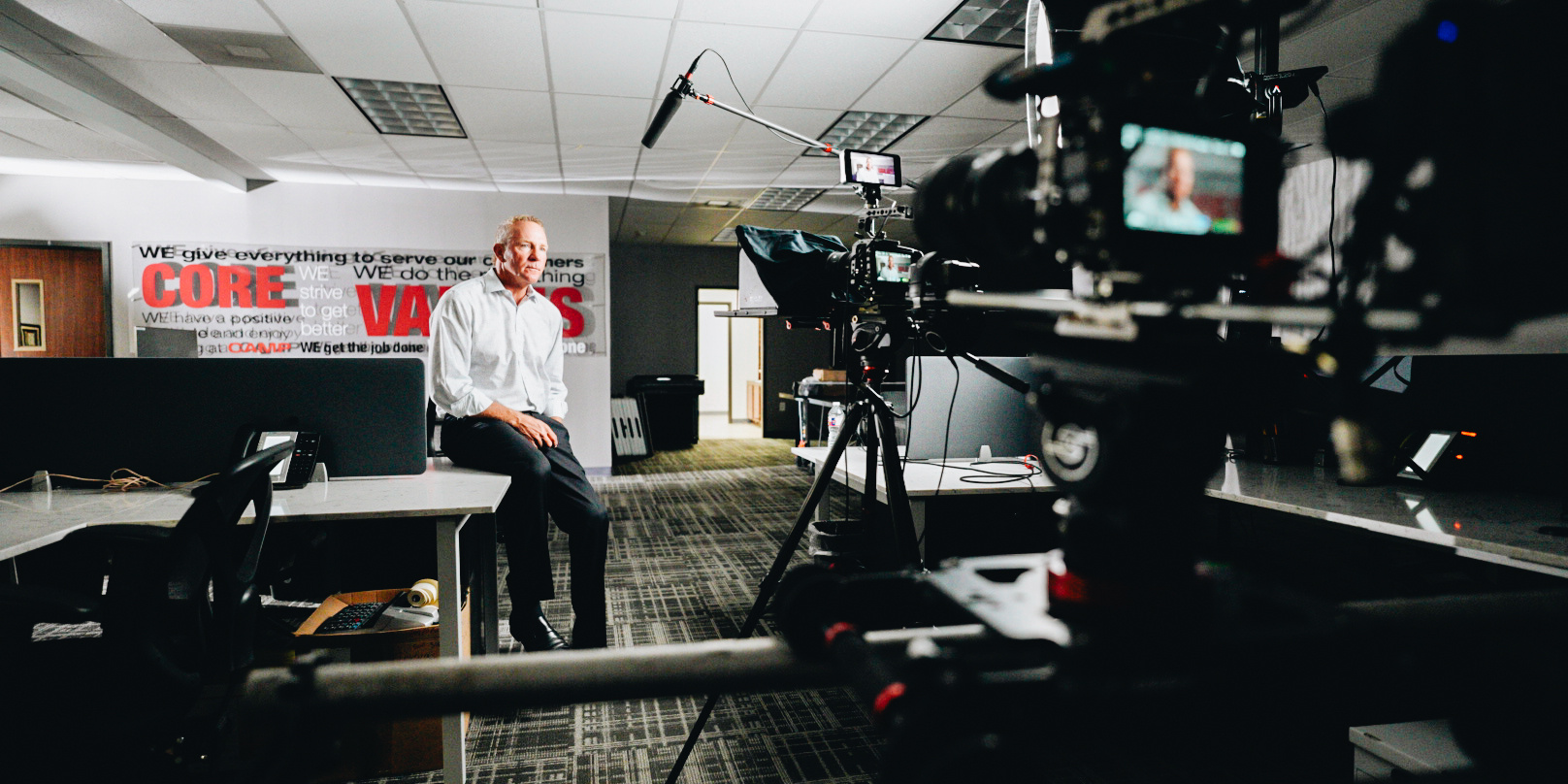B2B companies treat video like a one-time event. Imagine doing that with blog posts or email newsletters. Exactly. It's laughable. And yet, this is how B2B approaches video content.
Why This Matters
Video is the most powerful content format available, yet most B2B teams still treat it like a luxury item. An expensive box to check when there’s budget left over or a product launch that “needs something big.”
Meanwhile, every other content format gets integrated into a long-term strategy. Blogs are planned weeks in advance. Newsletters go out like clockwork. Social posts are baked into weekly sprints. But video? That’s still “let’s make A video.”
This mindset doesn’t just limit your content potential. It undercuts your brand, limits your visibility, and kills your ability to build familiarity with your audience over time.
The Old Mental Model
Traditionally, B2B marketers see video as a tool for a single moment. You make a product launch video, post it to YouTube, maybe toss it in a LinkedIn ad campaign, and call it a day. The project ends. The content sits. And the full audience likely never sees it.
Even worse, the video is usually framed around sales: features, benefits, CTAs. It’s a commercial, not a conversation. This approach lacks the consistency and repetition that's needed to transfer belief and build trust in complex B2B sales cycles.
The New Approach
Here’s the shift: stop treating video like a deliverable and start treating it like the cornerstone of your content. It should be your most versatile messaging tool, used regularly, adapted to different platforms, and distributed where your audience actually spends their time (P.S. that's not on your website).
You need to plan your core messaging and film enough to produce batches of content from almost every shoot. This approach allows you to build a narrative over time instead of betting big on a one-hit wonder. And instead of putting video behind a gated lead form, you use it to build trust with the 97% of your market that isn’t in buying mode yet.
How to Make the Shift
First, get clear on the conversation you need to have with your market. What do they need to understand about your category, your product, your POV? Then break that message into themes. Examples might include:
-
Executive insights from your leadership team
-
Customer success stories with strategic takeaways
-
Product education explained in human terms
-
Proof points that validate your expertise
From there, batch your production. Capture all of those themes in a single filming session. Record long-form interviews and discussions that can be turned into short clips. Create variations in tone and speaker. Think about both what you want to say and how many ways you can say it.
Finally, publish with intention. Your audience is on LinkedIn. They’re watching Shorts on YouTube. They’re listening to experts on podcasts. Show up in those places. Not once. Repeatedly.
B2B isn’t behind because it lacks creativity. It’s behind because it’s built content habits around everything except its most effective format.
Video isn’t a campaign asset. It’s a compounding communication tool. When you reframe it as a content cornerstone, you stop chasing one-off success and start building something sustainable and something impossible to ignore.
You May Also Like
These Related Stories

How One-Off Video Projects Kill Your Marketing Potential

Why B2B Companies Must Fight for Attention Before It's Too Late



No Comments Yet
Let us know what you think